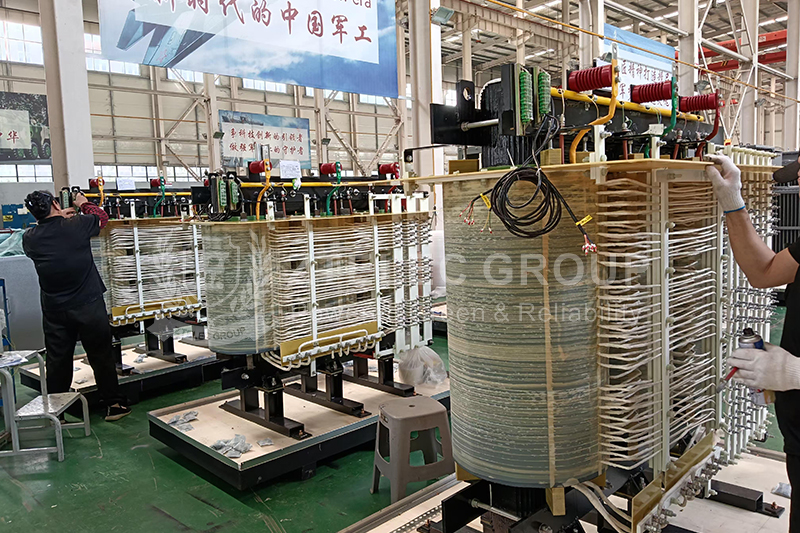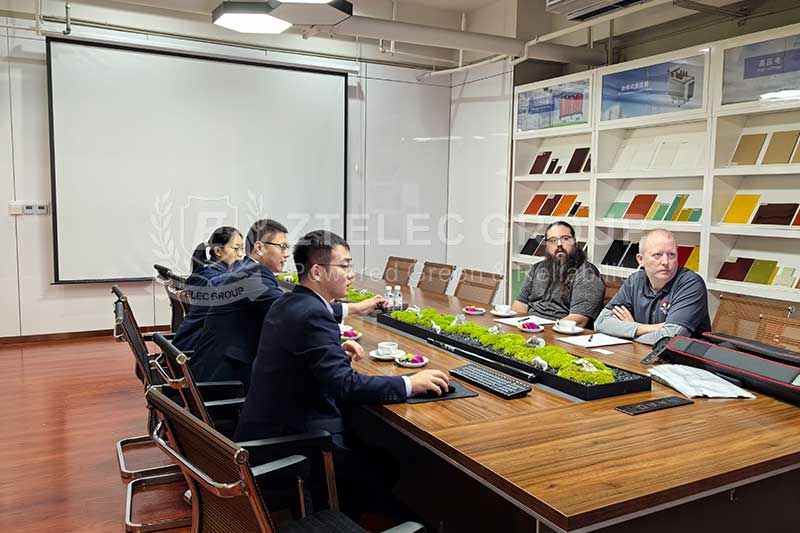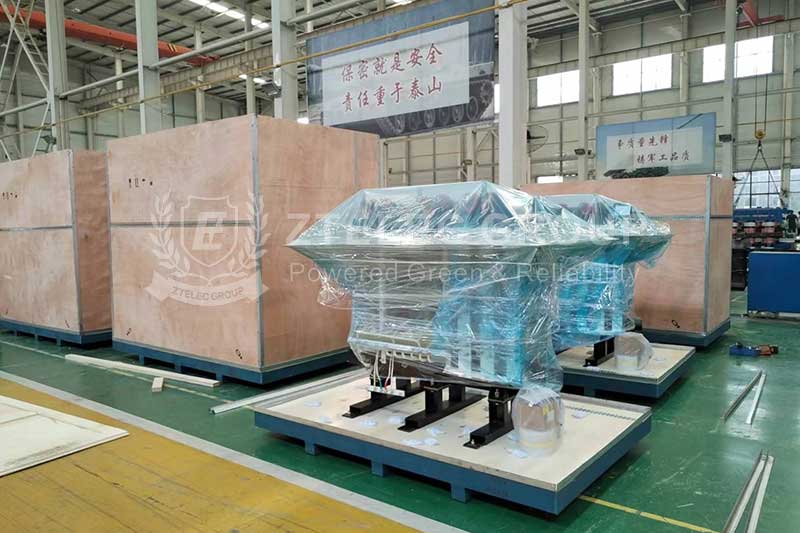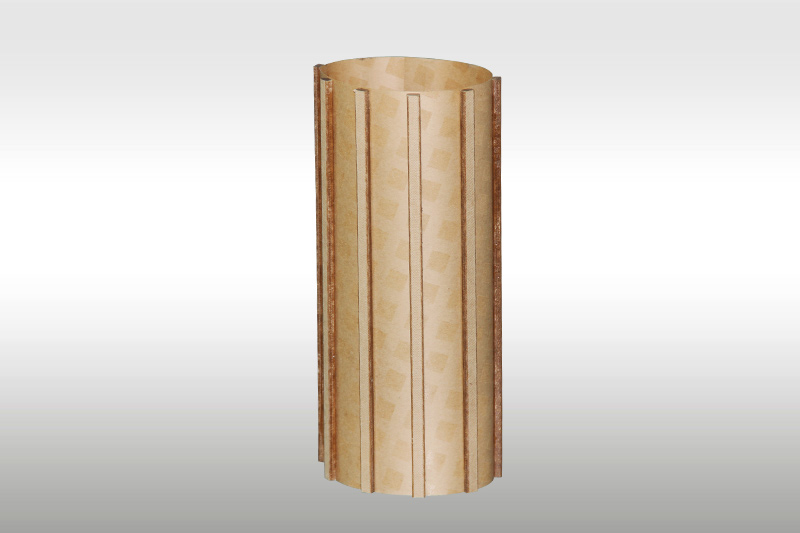Storage and transportation precautions for GPO-3 boards
As a high-performance insulation material, GPO-3 boards are widely used in partition systems and arc-resistant structural parts in switchgear. Its excellent electrical properties, mechanical strength and weather resistance make it an indispensable material in the electrical industry. However, in order to ensure that GPO-3 boards maintain their optimal performance during storage and transportation, a series of strict precautions need to be followed.
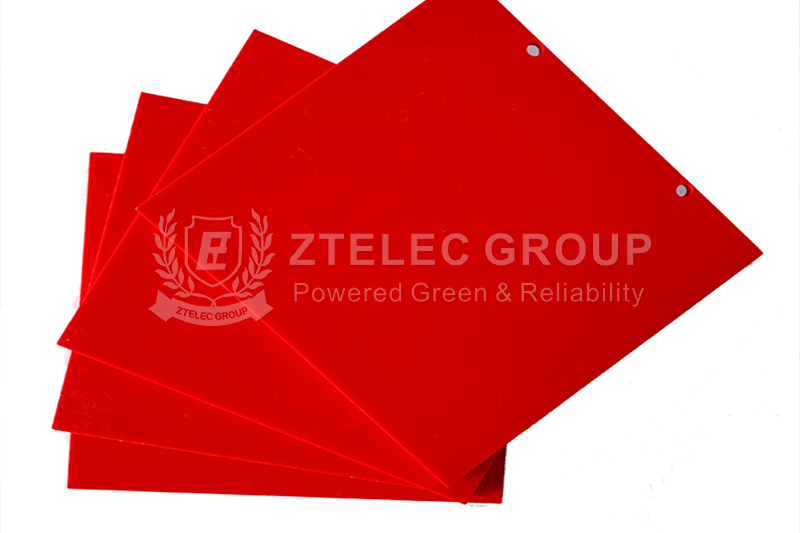
Storage precautions for GPO-3 boards
1. Temperature and humidity control
As a composite material, the performance of GPO-3 boards is greatly affected by temperature and humidity. During storage, the indoor temperature should be kept constant to avoid excessively high or low temperatures that may cause the material performance to deteriorate. Generally, it is recommended to store GPO-3 boards in an environment with a temperature range of 23±5℃. In addition, humidity is also a key factor affecting the performance of GPO-3 boards. Excessive humidity may cause the material to absorb moisture, which in turn affects its insulation performance and mechanical strength.
2. Moisture and dust prevention
In order to prevent GPO-3 boards from getting damp and contaminated with dust during storage, effective moisture and dust prevention measures should be taken. GPO-3 boards can be stored in packaging bags or boxes with good sealing performance, and desiccant should be placed in the packaging to absorb possible moisture. At the same time, keep the storage environment clean to prevent dust and other contaminants from entering the packaging. For GPO-3 boards stored for a long time, it is recommended to check them regularly to ensure that they are in good storage condition.
3. Avoid direct sunlight and chemical erosion
GPO-3 boards should be kept away from direct sunlight during storage, as strong ultraviolet rays may accelerate the aging process of the material and reduce its service life. In addition, GPO-3 boards should be stored away from areas where they may be exposed to chemicals, such as acids, alkalis, organic solvents, etc. These chemicals may corrode or dissolve the GPO-3 boards, seriously affecting their performance.
4. Stacking and support
When storing GPO-3 boards, pay attention to the stacking method and support structure. Do not press heavy objects directly on the GPO-3 plate to avoid deformation or damage. At the same time, the spacing between the boards should be maintained when stacking to prevent scratches or indentations caused by close contact. Dedicated storage racks or pallets can be used to support the GPO-3 boards to ensure that they are in a stable state.
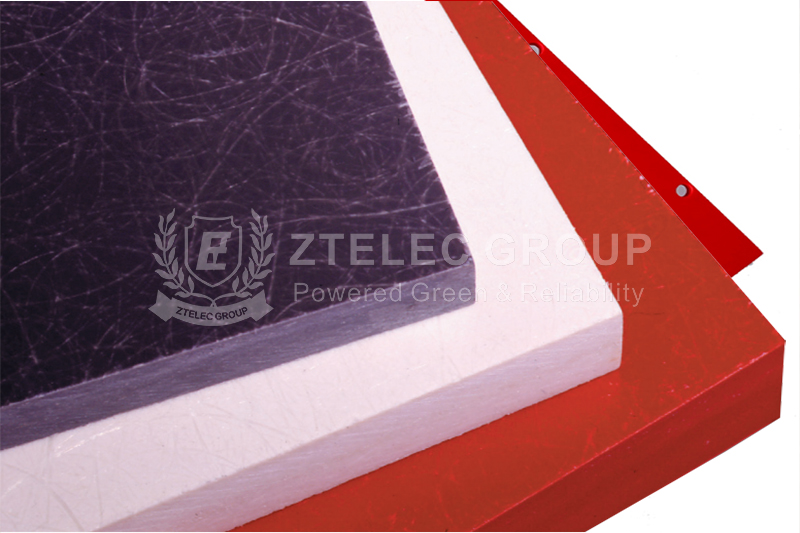
Transportation precautions
1. Packaging requirements
GPO-3 boards should be packed in special packaging materials during transportation to ensure that they are not damaged. The packaging materials should have sufficient strength and toughness to withstand shock and vibration during transportation. At the same time, the packaging should have good sealing properties to prevent moisture, dust and other contaminants from entering the packaging. For large or heavy GPO-3 boards, reinforced packaging should be used to ensure their stability during transportation.
2. Transportation tools
Choose a flat carriage or container for transportation to avoid bumps and vibrations. In extreme weather conditions, use temperature-controlled vehicles for transportation to prevent high or low temperatures from affecting the performance of the panels.
3. Loading and unloading operations
Handle with care during loading and unloading to avoid rough operation that may damage the panels. Use tools such as forklifts or cranes for loading and unloading to ensure smooth operation. During loading and unloading, use protective pads or soft materials to protect the edges of the boards to prevent bumps.
4. Transportation routes
During transportation, choose a smooth transportation route to avoid bumps and sudden braking. Try to avoid transportation under extreme weather conditions (such as heavy rain and heavy snow) to prevent the panels from getting damp or damaged.
- more+releated article
- 2025-10-21Application of K Factor Transformer
- 2025-10-21Detailed explanation about transformer model w
- 2025-10-2010kV Oil-Immersed Transformer Safety: Lightnin
- 2025-10-20What are The Advantages of Phenolic Cotton Clo
- 2025-10-17Are Three-Phase Isolation Dry-Type Transformer
- 2025-10-17G10 Epoxy Sheet: Choosing the Right Specificat
- 2025-10-1610kV Oil-Immersed Transformer Operation Inspec
- 2025-10-163240-B Epoxy Phenolic Glass Fiber Cloth Lamina
- 2025-10-15G10 Epoxy Sheet: The Preferred Insulation Mate
- 2025-10-15Analysis of Energy-Saving and Noise Control Te

